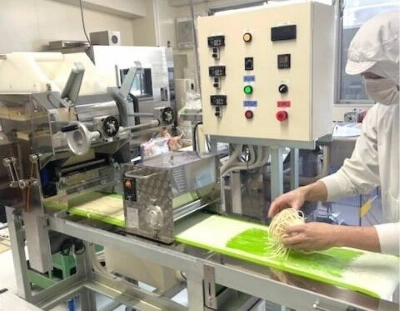An H-IIA rocket blasted the Venus planetary probe Akatsuki (daybreak) into space on May 21. But Akatsuki, Japan's first spacecraft sent to explore Venus, failed to orbit Venus after overshooting the planet due to engine trouble. The craft was developed by the Japan Aerospace Exploration Agency at a cost of ¥25.2 billion. Its failure stands in stark contrast to the space probe Hayabusa (peregrine falcon), which succeeded in collecting dust particles from the asteroid Itokawa.
If everything had gone smoothly, Akatsuki would have been in orbit around Venus for more than two years to observe the carbon dioxide atmosphere, analyze the constituents and movements of sulfuric acid clouds, and determine how storm winds of up to 360 kph are generated. It could have offered clues as to why Venus and Earth, which are similar, came to have different environments.
Akatsuki's engine was the world's first rocket motor made of ceramic. From its position about 550 km above Venus on Dec. 7, it was to fire the main engine for 12 minutes to reduce the craft's velocity so that it could enter the planet's gravitational field. But after the engine was fired, the pressure in the fuel tank dropped and the engine stopped after about 2 1/2 minutes, which greatly altered Akatsuki's attitude and it failed to enter orbit.

















With your current subscription plan you can comment on stories. However, before writing your first comment, please create a display name in the Profile section of your subscriber account page.